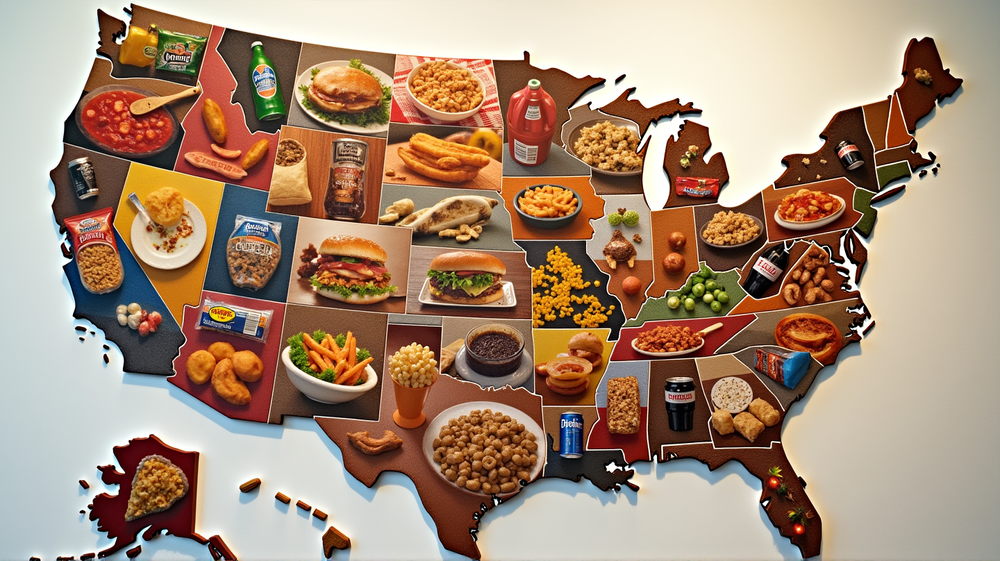As Americans grapple with dietary choices, an eye-opening report from the Centers for Disease Control and Prevention (CDC) sheds light on the alarming dominance of ultra-processed foods in our daily intake. According to the CDC, over half of the calories consumed by Americans come from these highly processed options. This revelation coincides with Robert F Kennedy Jr’s vigorous efforts to revamp the nation’s eating habits through his “Make America Healthy Again” (MAHA) campaign, under President Donald Trump.
A Nation Hooked on Processed Goods
In a study spanning August 2021 to August 2023, the CDC’s findings have sent ripples across households and policymakers alike. With 55% of the average American diet comprising ultra-processed foods, concerns over public health are at an all-time high. Particularly troubling is the younger demographic, where processed food consumption skyrockets to 62%.
Despite the grim statistics, there is still hope on the horizon. As stated in Al Jazeera, the MAHA campaign spearheaded by Health and Human Services Secretary RFK Jr aims to curtail the prevalence of these dietary staples, advocating for a return to healthier, natural alternatives.
Challenging the Culprits
The CDC’s data points to specific dietary offenders fueling this trend. Sandwiches and burgers top the list, contributing significantly to caloric intake, followed closely by sweet bakery items and sugary beverages. While these foods offer convenience, they also pose considerable health threats if consumed excessively.
Yet, Kennedy’s campaign isn’t without skepticism. Critics question the environmental toxin theory as an over-simplification of complex conditions like autism. However, the link between processed foods and illnesses such as obesity and diabetes is well-documented, and efforts to minimize these risks are imperative.
Socio-Economic Dimensions
The survey also uncovers the socio-economic factors intertwined with dietary habits. Wealthier Americans appear less reliant on processed foods, suggesting income plays a vital role in dietary choices. Those with higher incomes consume a mean of 50.4% processed foods, a stark contrast to lower-income groups at 54.7%.
Change Is Possible
Despite these challenges, there is a silver lining: a modest decline in processed food consumption over the past decade offers a glimmer of hope. From 55.8% in 2013-2014, the current figure stands at 53%, indicating a slight but significant shift towards healthier eating.
As the nation moves forward, the outcomes of Kennedy Jr’s campaign and public awareness efforts could redefine the American diet landscape, reaffirming the perennial pursuit of a healthier future.













